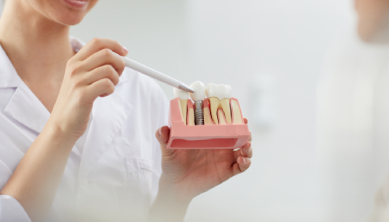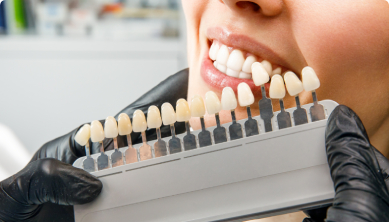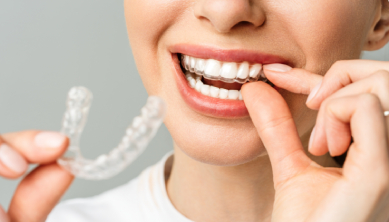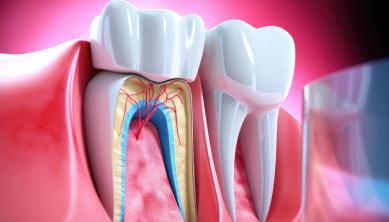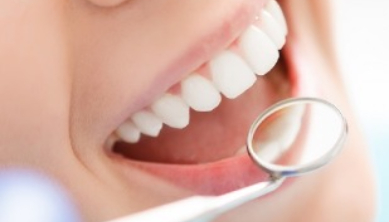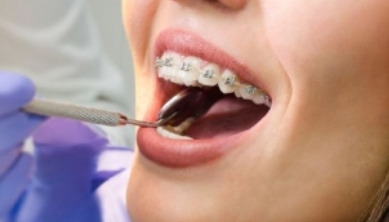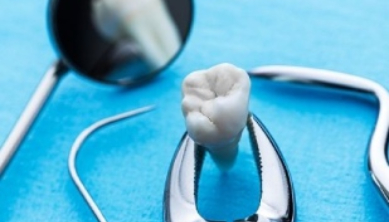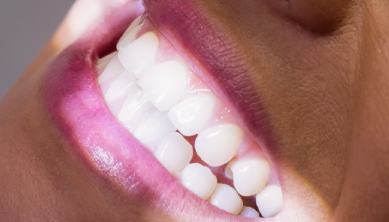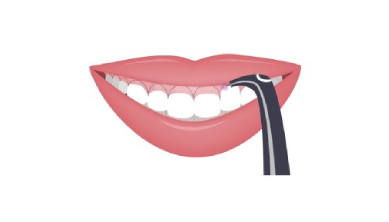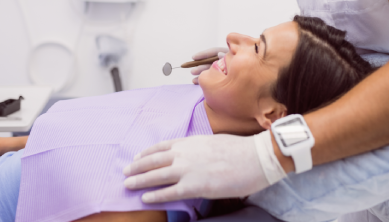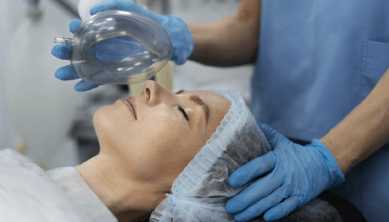
Fluroid Application
What is Fluroid Application?
Fluoride application is the application of fluoride to the teeth superficially in the form of varnish or gel.
How to Apply Fluroid?
Varnish application is done by drying the teeth with air freshener after professional teeth cleaning and applying fluoride to the teeth one by one with the help of a brush.
In fluoride gel application, gel is applied for 4 minutes with the help of a spoon suitable for the size of the child's dental arch. During this process, it is important for the child to sit upright and remove the fluid accumulated in his mouth with the help of a saliva ejector.
What are the Advantages of Fluroid Application?
Fluoride application has antibacterial properties, reduces the acid-producing capacity of microorganisms in plaque and strengthens tooth enamel, increasing resistance to caries.
How Often Should Fluroid Application Be Done?
Fluoride application should be applied every 3 months, every 4 months or every 6 months, depending on the child's caries risk level.
How Do I Know If My Child Needs Fluroid Application?
It is important to apply fluoride in children under the age of 16 who have decayed teeth or filled teeth/teeth. In addition, it can be said that children whose parents or siblings have cavities, who do not have the habit of brushing their teeth regularly (every morning and evening), who frequently snack on flour and sugary foods during snacks, and/or who snack late at night/just before going to bed, need fluoride application.
Is Fluroid Application Harmful?
Fluoride is not harmful unless swallowed. It can be used reliably as a protective measure for teeth.
How Many Sessions Does Fluroid Application Take?
Fluroid application can be done in a single session.
What Should Be Considered After Fluroid Application?
After fluoride application, it is recommended that the child not eat or drink water for 1 hour and not consume hard foods for 3-4 hours. If the fluoride application was made in the evening on a full stomach and the child does not eat or drink anything other than water until going to bed, it may be recommended that the child go to bed without brushing his teeth for that day in order to keep the fluoride in the mouth for a longer time.


